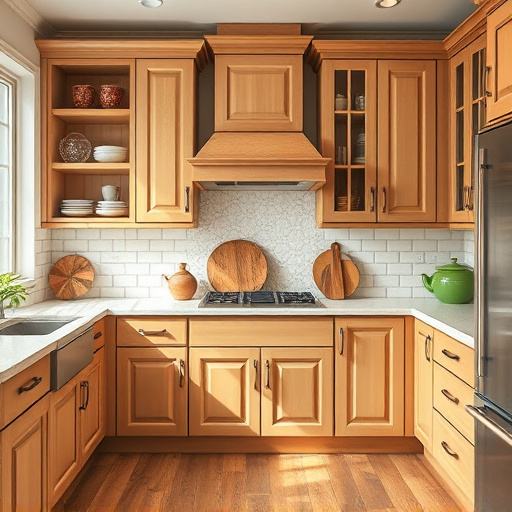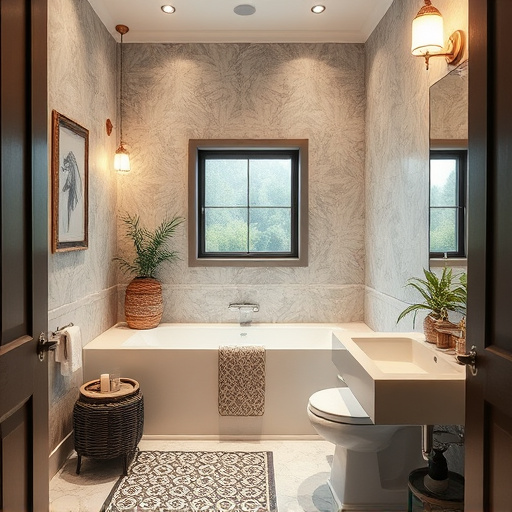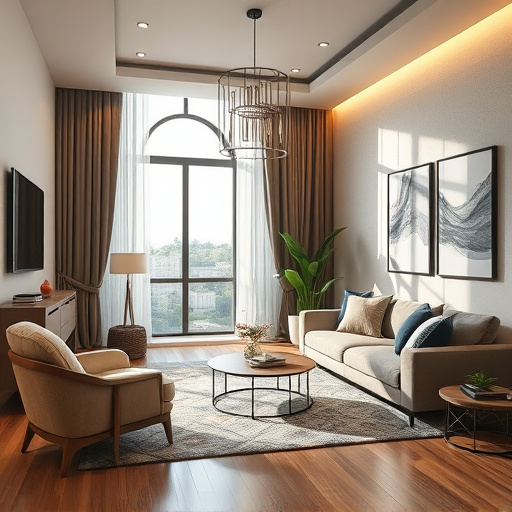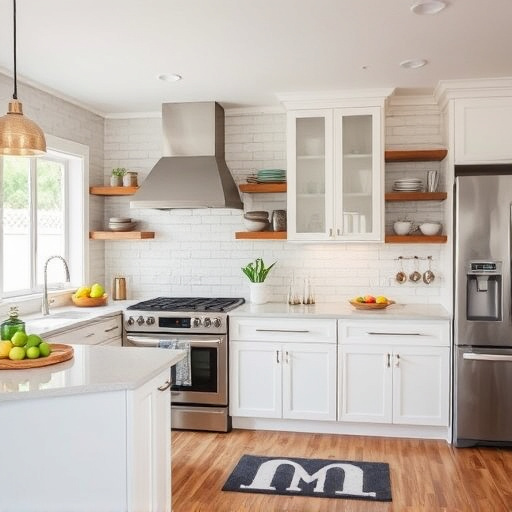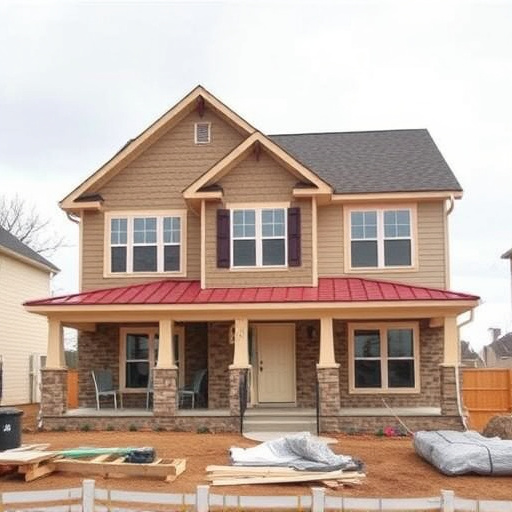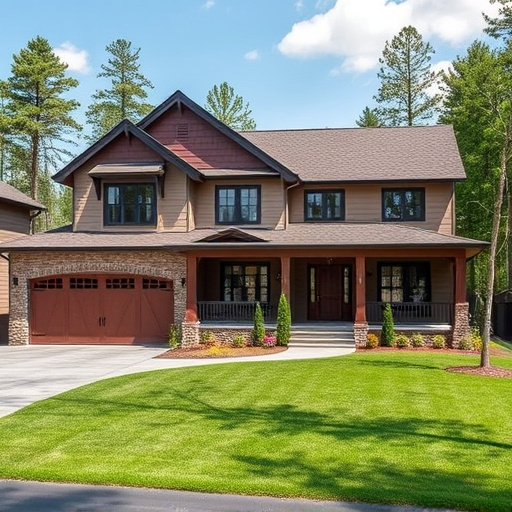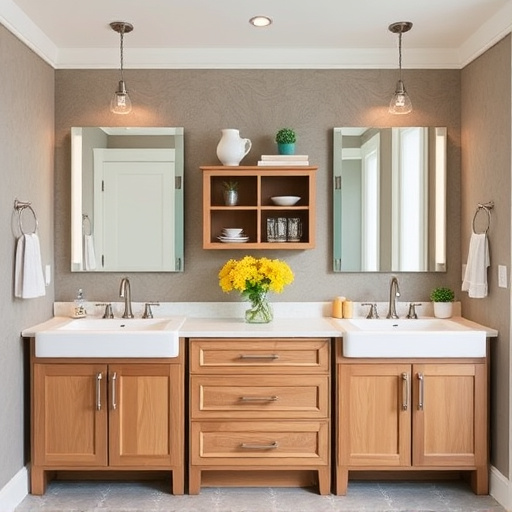Creative interior design elements like furniture placement, flooring patterns, and decor can define distinct zones in open layouts, enhancing functionality and aesthetics. Interior painting, architectural elements, and strategic furniture arrangement maximize square footage, optimize flows, and tailor each area to specific purposes while maintaining a harmonious overall aesthetic in interior design.
In today’s modern homes, open layouts offer a seamless flow between spaces but can present challenges in defining distinct zones. This article explores effective strategies for creating cohesive areas within these expansive interiors using interior design principles. From understanding the layout’s dynamics to practical tips on visual and physical demarcations, discover how to transform your open space into a functional and stylish oasis. Uncover the art of zone creation, enhancing both aesthetics and usability through thoughtful interior design choices.
- Understanding Open Layouts and Their Challenges
- Principles of Zone Creation in Interior Design
- Practical Tips for Defining Spaces Visually and Physically
Understanding Open Layouts and Their Challenges
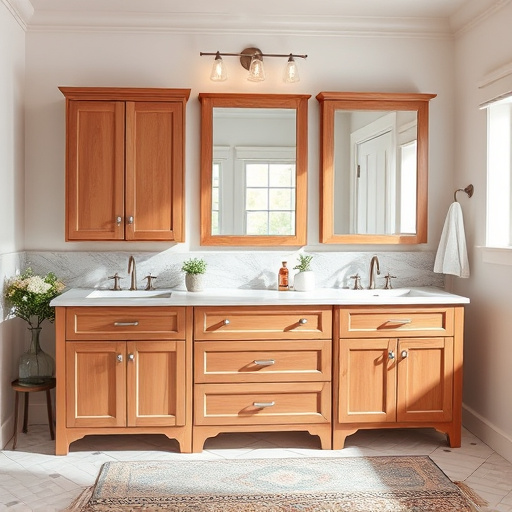
Open layouts have become increasingly popular in modern interior design, offering a sense of spaciousness and fluidity that was less common in traditional homes. This layout style often features few or no walls between rooms, creating one large, connected space. While this design choice provides an airy and connected atmosphere, it also presents challenges for those seeking to create distinct zones within the open area. The lack of physical boundaries requires strategic thinking to define different areas for various activities, such as working, relaxing, and entertaining.
One way to address these challenges is through creative use of interior design elements like furniture placement, flooring patterns, and decor. For instance, a custom-built bookshelf or a low-lying room divider can define a reading nook within an open-concept living area. Similarly, a bathroom remodel could incorporate a stylish screen or plant walls to create a private bathing zone while maintaining the overall openness of the space. Customized work also plays a vital role in tailoring these zones to individual preferences and lifestyles, ensuring that each part of the home feels both functional and inviting.
Principles of Zone Creation in Interior Design
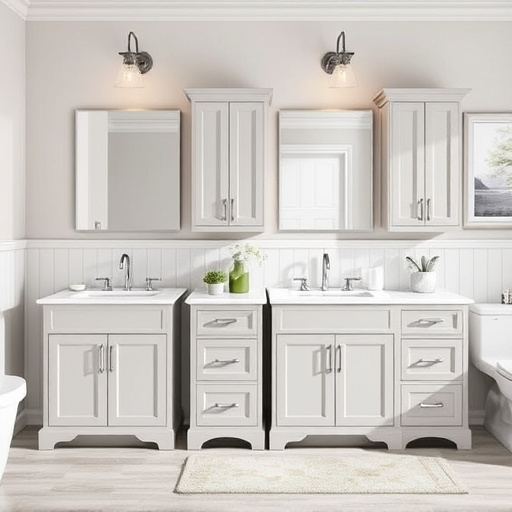
In interior design, zone creation involves dividing open layouts into distinct areas to enhance functionality and visual appeal. The principles behind this strategy are centered around defining clear boundaries while maintaining an interconnected flow. Each zone serves a specific purpose, allowing for tailored aesthetics and practical arrangements. For instance, in a sprawling open-concept living area, designated zones could include a cozy reading nook, an entertainment hub, and a dedicated workspace, each with its unique ambiance and furniture arrangements.
By implementing strategic zone creation, interior designers can transform spacious interiors into functional spaces that cater to diverse activities. This approach is particularly valuable for renovations where maximizing square footage and optimizing flows are key objectives. Whether it’s redefining the boundaries between a kitchen and bath or structuring a home office within an existing layout, these design principles ensure that every area serves its intended purpose while contributing to a harmonious overall aesthetic.
Practical Tips for Defining Spaces Visually and Physically
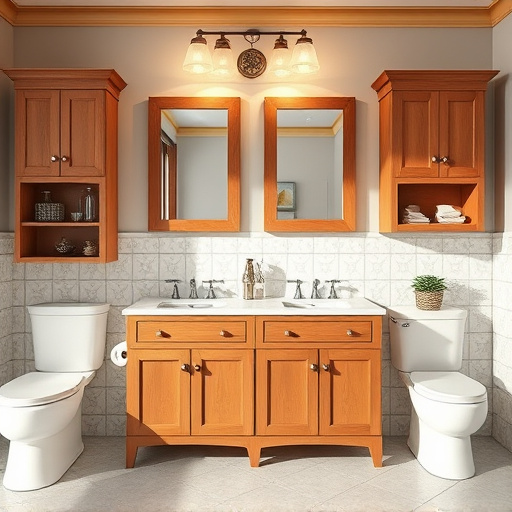
Defining spaces visually and physically is an art that skilled interior designers master effortlessly. One effective strategy is to utilize interior painting techniques—a simple yet powerful tool to create zones. Bold colors or contrasting shades can instantly divide a space, making each area distinct and defining its purpose. For example, using a deeper tone on one wall in a large, open-plan living room can create an immediate sense of separation between the seating area and the dining zone.
Furniture arrangement is another vital consideration. By positioning larger pieces strategically, you can easily delineate different functions within the same room. A low-lying couch against a wall creates a cozy corner, while a long table in the center defines a designated dining space. In more extensive layouts, consider using architectural elements like partitions or bookshelves to visually break up areas, enhancing both functionality and aesthetic appeal, especially when planning whole house remodels or bathroom renovations.
In open layouts, interior design plays a pivotal role in defining zones without confining spaces. By understanding the challenges and applying principles of zone creation, you can transform these versatile areas into functional and inviting environments. Through practical tips that blend visual and physical definitions, interior design allows you to navigate open spaces seamlessly, enhancing comfort and aesthetic appeal for all who inhabit them.








